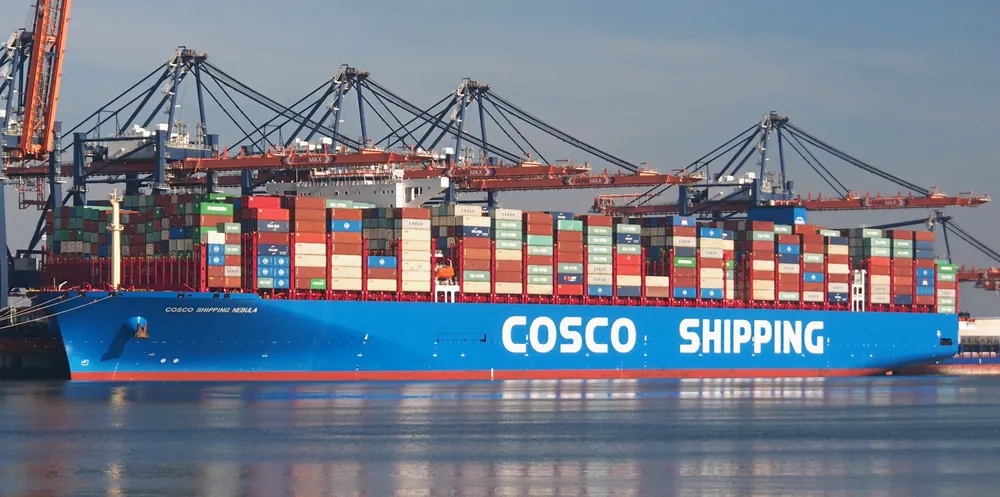Motion of the ocean: tapping wave energy could turn ships greener, claim researchers
'Heaving oscillators' could help cut emissions in sector estimated to account for 3% of global total, researchers say

'Heaving oscillators' could help cut emissions in sector estimated to account for 3% of global total, researchers say
